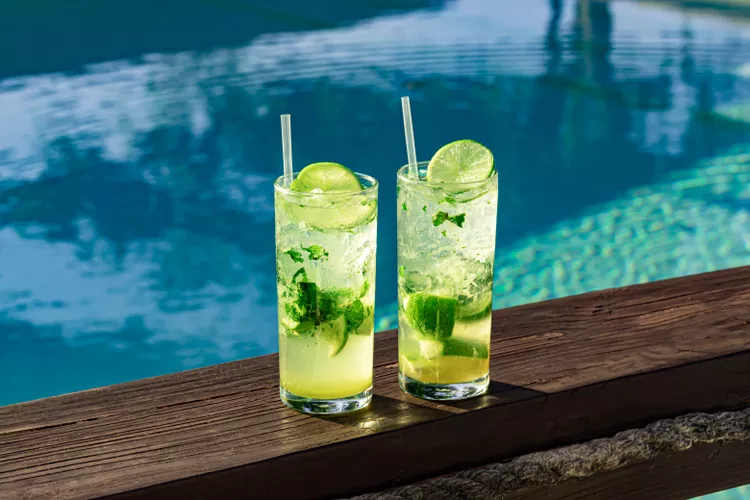Mixing Liquors: Unleashing the Art of Cocktail Creation
Mixing liquors is an art form that has been celebrated for centuries. The combination of different spirits, liqueurs, and mixers can result in an endless array of delightful and innovative cocktails. Whether you're a professional mixologist or an amateur enthusiast, understanding the principles of mixing liquors is crucial to crafting exceptional drinks. In this article, we will explore the various aspects of mixing liquors, including the importance of balance, popular cocktail recipes, and tips for creating your own unique concoctions.
1. The Basics of Mixing Liquors:
1.1 Understanding Flavor Profiles:
- Different spirits have distinct flavor profiles that can be categorized as sweet, sour, bitter, or aromatic.
- It's important to consider the base spirit's flavor profile when selecting complementary liquors and mixers.

Mixing Liquors
1.2 Balancing the Ingredients:
- Achieving a harmonious balance between the sweet, sour, and bitter components is key to a well-crafted cocktail.
- Experimentation and understanding the concept of ratios, such as the classic 2:1:1 formula, can help achieve balance.
2. Popular Cocktails and Their Recipes:
2.1 Classic Cocktails:
- Martini: A timeless cocktail made with gin and vermouth, garnished with an olive or lemon twist.
- Margarita: A refreshing tequila-based cocktail with lime juice and orange liqueur, served with a salt rimmed glass.
- Negroni: An Italian favorite, combining equal parts gin, sweet vermouth, and Campari, garnished with an orange peel.
2.2 Modern Mixology:
- Espresso Martini: A caffeinated delight, blending vodka, coffee liqueur, espresso, and simple syrup.
- Elderflower Collins: A floral twist on the classic Tom Collins, featuring gin, elderflower liqueur, lemon juice, and soda water.
- Smoky Paloma: A smoky and refreshing tequila-based cocktail with grapefruit juice, lime juice, agave syrup, and a hint of mezcal.
3. Tips for Creating Unique Cocktails:
3.1 Experimenting with Flavors:
- Combining contrasting or complementary flavors can lead to exciting and unique taste experiences.
- Consider using fresh fruits, herbs, spices, and homemade infusions to elevate your creations.
3.2 Presentation and Garnishes:
The visual appeal of a cocktail is just as important as its taste.
Experiment with garnishes, such as citrus twists, edible flowers, or flavored rimming salts, to enhance the overall presentation.
3.3 Incorporating Textures:
- Mixing different spirits with varying viscosity, such as creamy liqueurs, can add depth and texture to your cocktails.
- Consider using techniques like layering or floating ingredients for a visually striking and multi-dimensional drink.
4. Pairing Cocktails with Food:
- Certain cocktails can complement specific flavors and ingredients in food.
- For example, a fruity sangria pairs well with grilled seafood, while a robust whiskey cocktail can be an excellent match for a steak dinner.

Wine Cocktails
5. Responsible Drinking and Mixing:
- It's essential to practice responsible alcohol consumption and be mindful of the alcohol content when mixing liquors.
- Educate yourself about standard drink measurements and guidelines to ensure a safe and enjoyable drinking experience.
Mastering the art of mixing liquors allows you to unleash your creativity and elevate your cocktail-making skills. By understanding flavor profiles, achieving balance, and experimenting with ingredients, you can create unique and memorable drinks. Whether you're hosting a party, enjoying a nightcap, or simply exploring the world of mixology, the possibilities are endless. Cheers to the exciting journey of mixing liqu